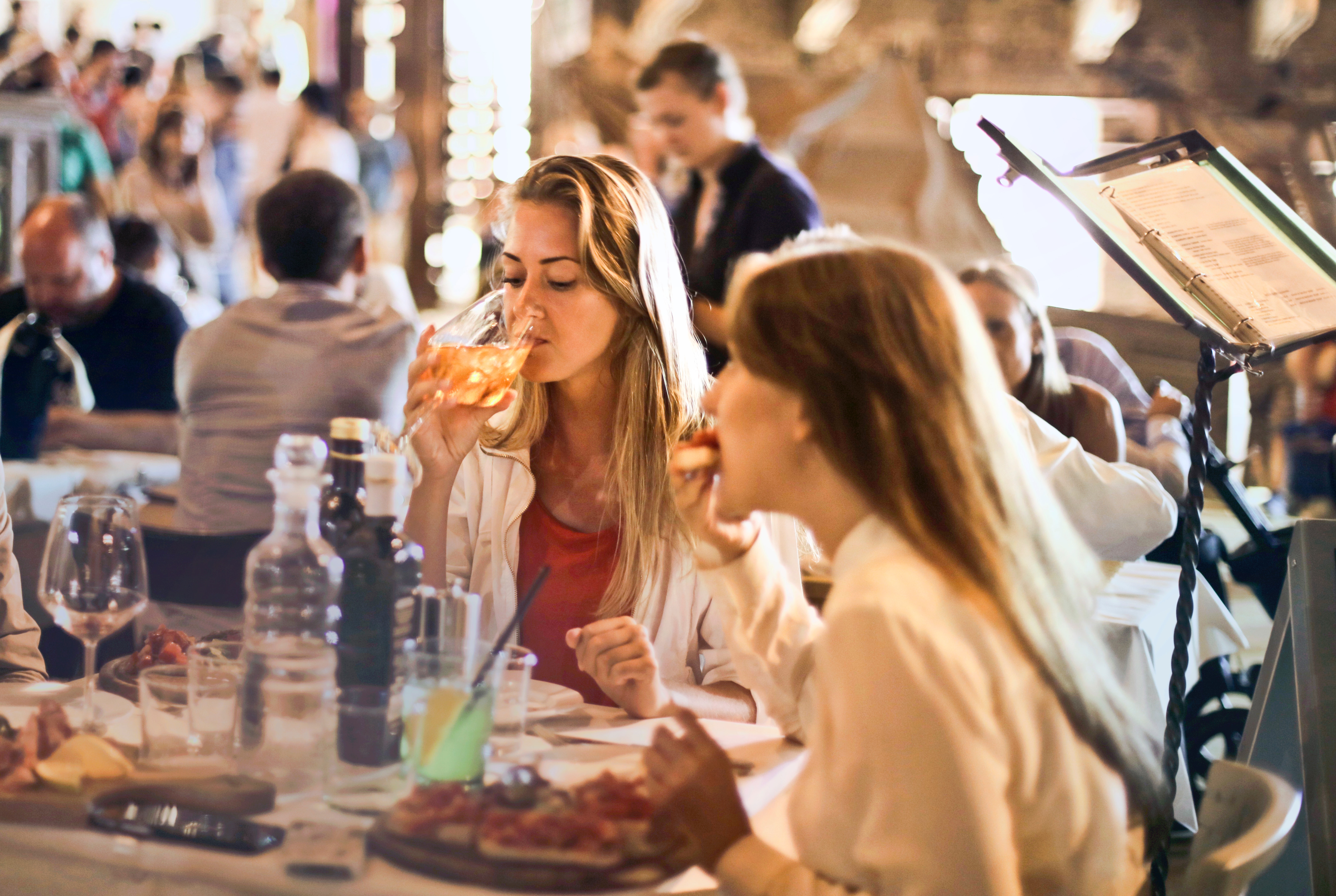20+ Restaurant Menu Examples to Download
Restaurants are one of the trickiest businesses that you can start. Their industry is unforgiving and highly competitive. You may think that in order to survive, you need to serve mouth-watering dishes and outstanding customer service, and for the most part, it is; however, those two factors are part of a lot more elements that can make a restaurant successful. When it comes to restaurants, you need to consider the inventory, management, employee training, and more. Today, though, we will focus on a certain important element, which is quite often overlooked – the restaurant menu. The menu is one of the first things that your customer will see and is also their gateway to your food. In this case, creating a menu is far more complex than simply having one. But our job is to make it simple for you. See all our fantastic restaurant menu designs and templates when you scroll down.
Creative Restaurant Menu Template

Classy Restaurant Takeaway Menu Template
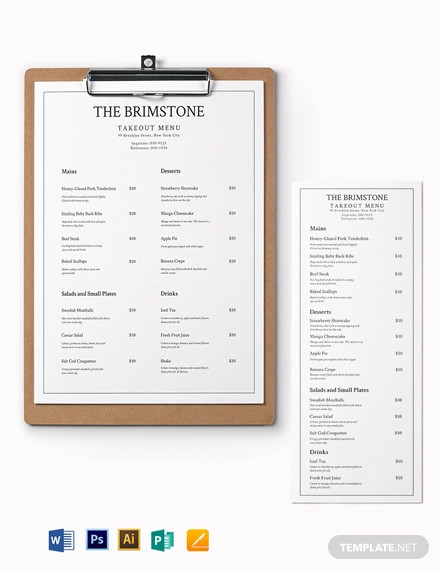
Family Restaurant Menu Template
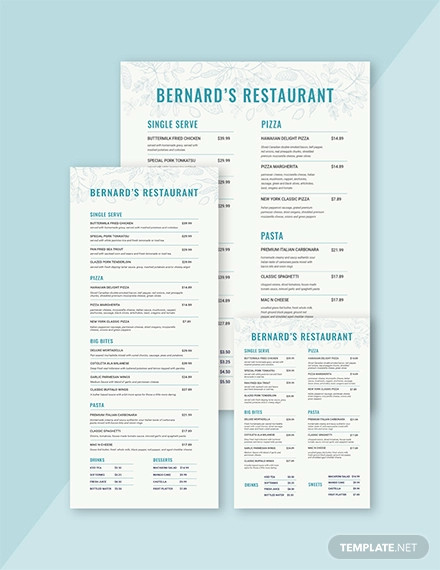
Simple Family Restaurant Menu Template
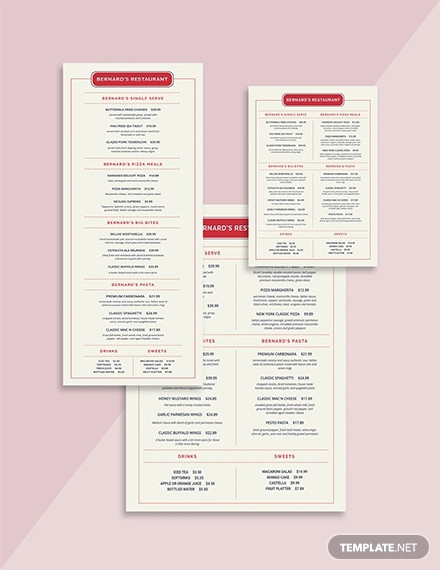
Chinese Restaurant Menu Template
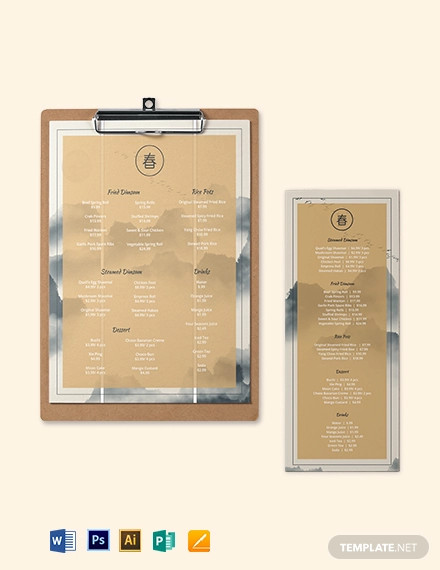
Burger Restaurant Menu Template
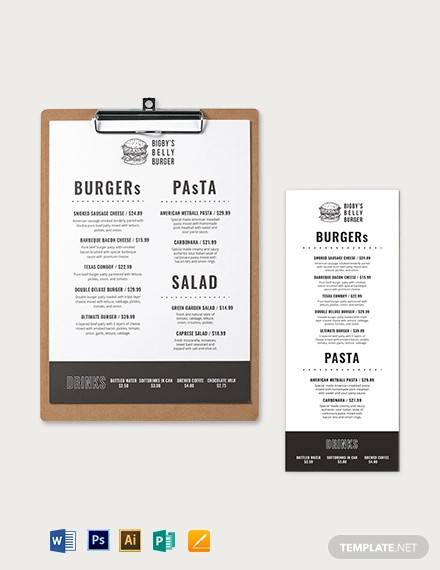
Free Christmas Restaurant Menu Brochure Template
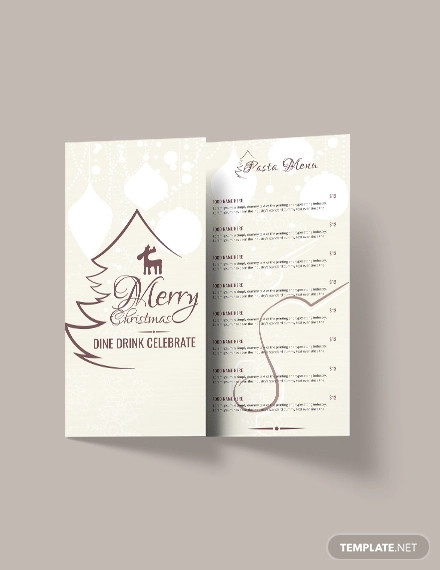
Free Restaurant Christmas Menu Template
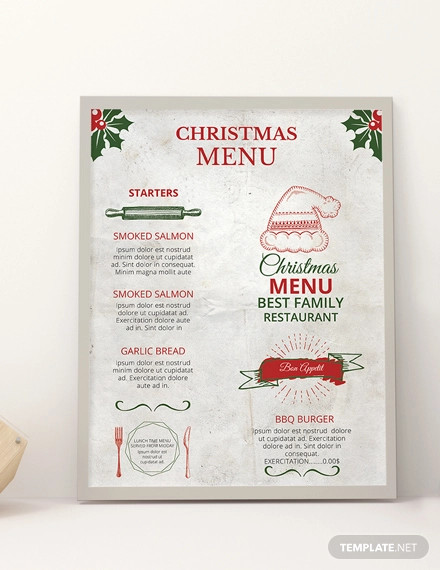
Free Thanksgiving Restaurant Party Menu Template

Cute Restaurant Menu Example
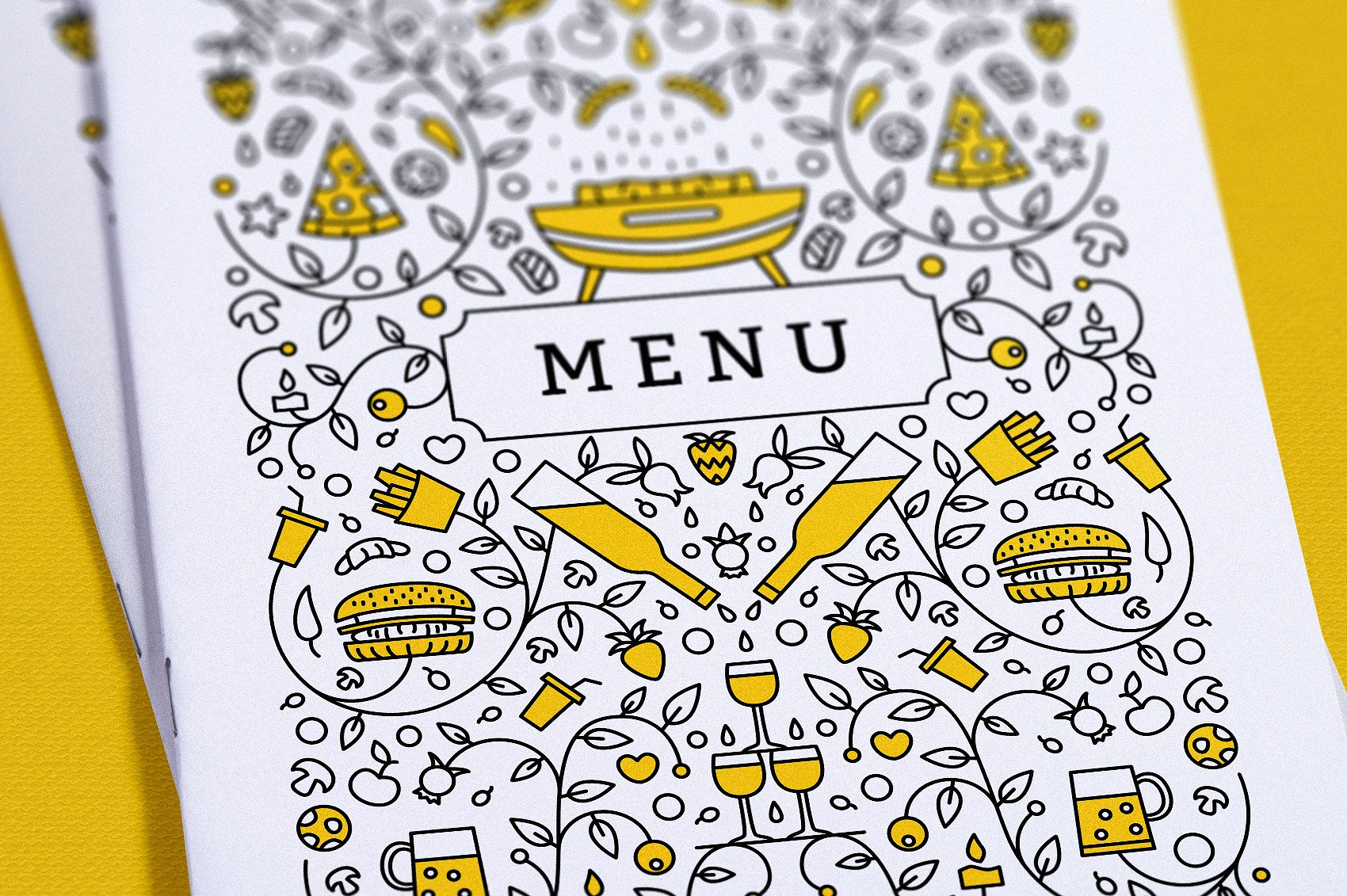
Yellow Restaurant Menu Example
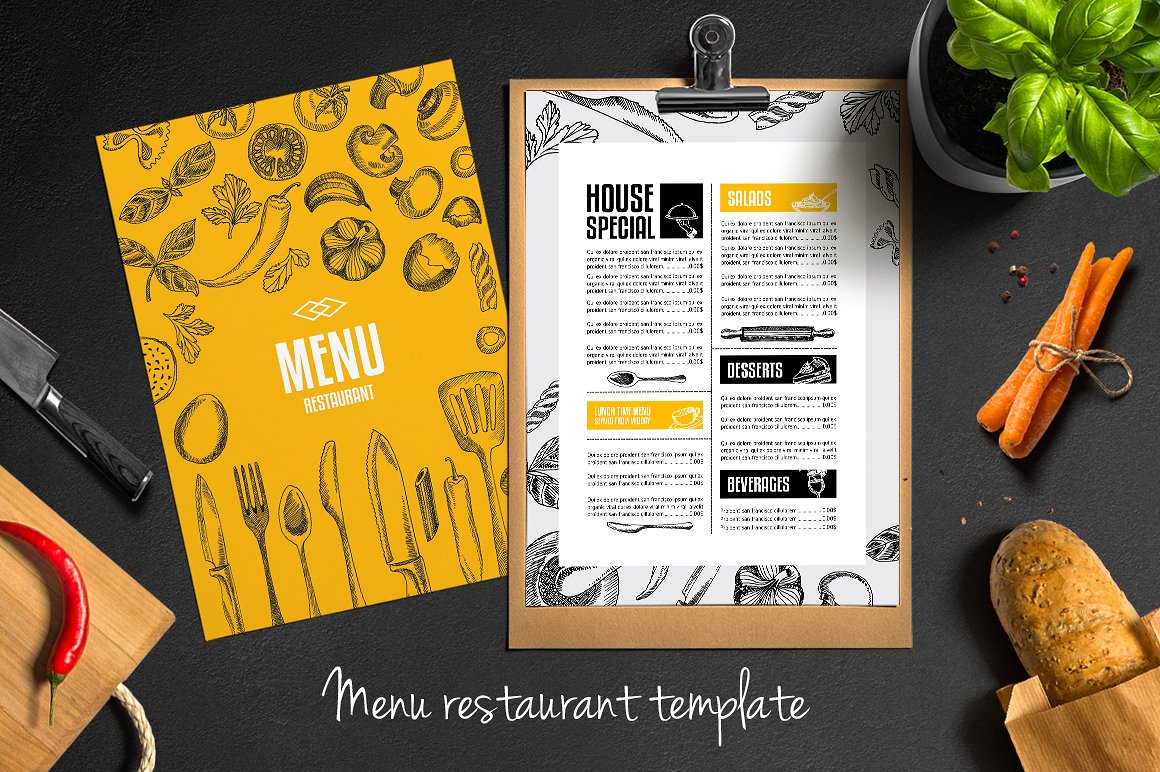
Sketch Restaurant Menu Example
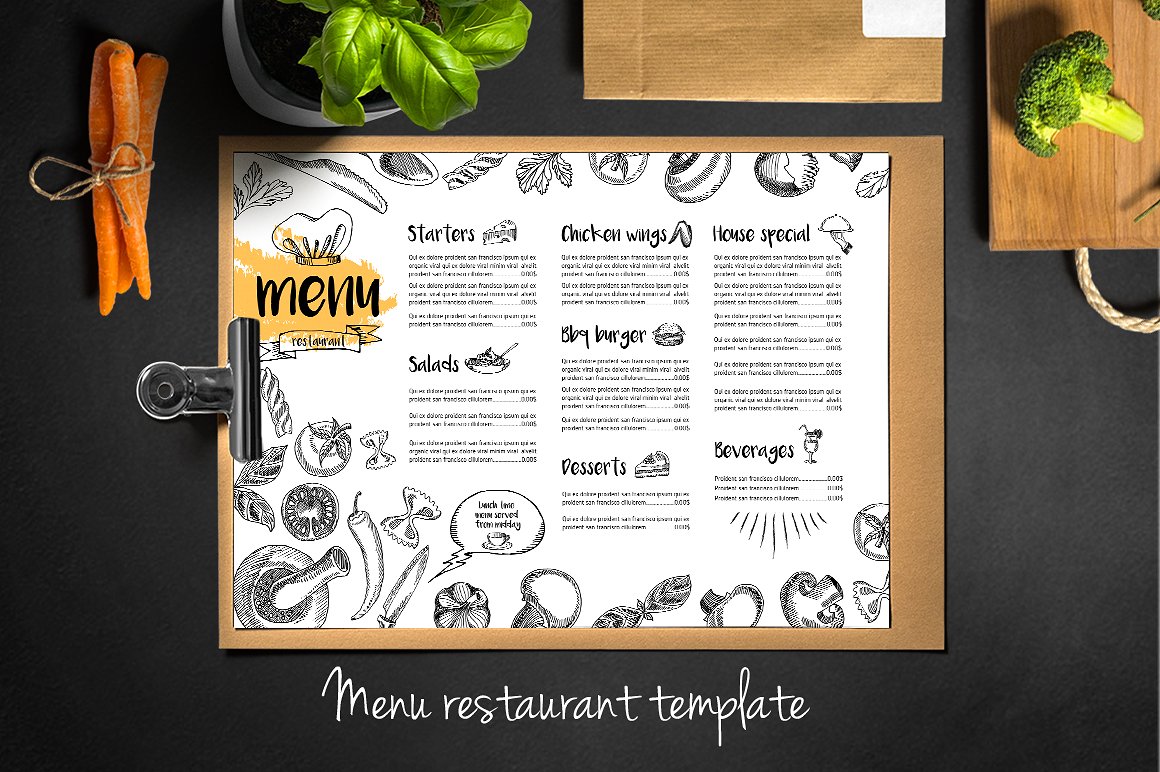
Bistro Restaurant Menu Example

Minimalist Food Menu Example

Vintage Hotel Menu Design Example

Simple Printable Wedding Menu Example
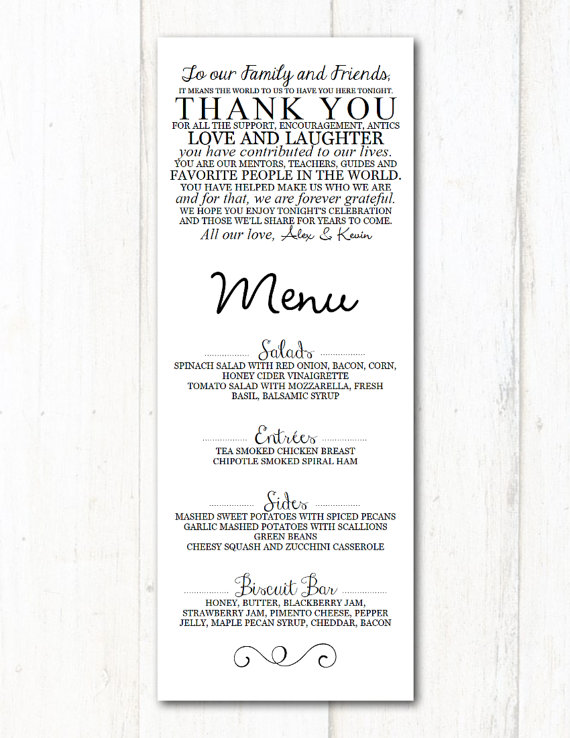
1945 Menu Design Example
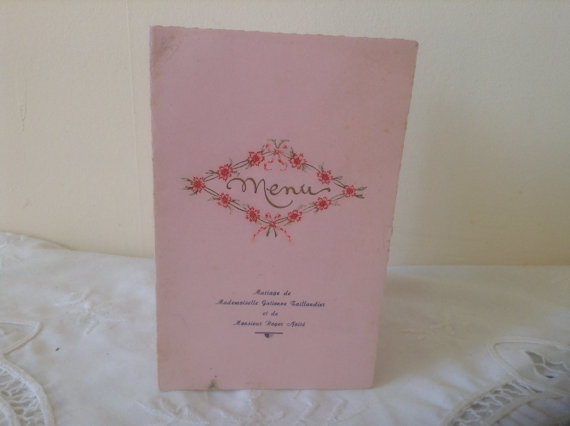
Restaurant Clean Menu Example
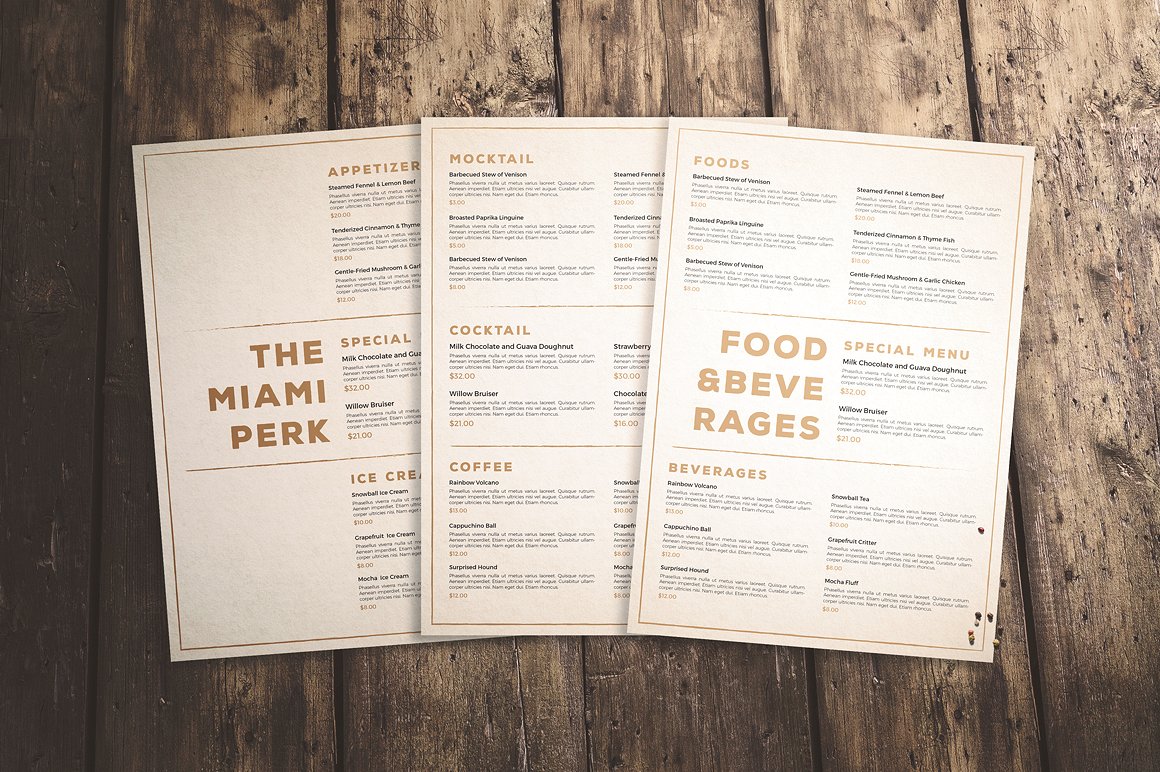
Great Taste Restaurant Menu Example
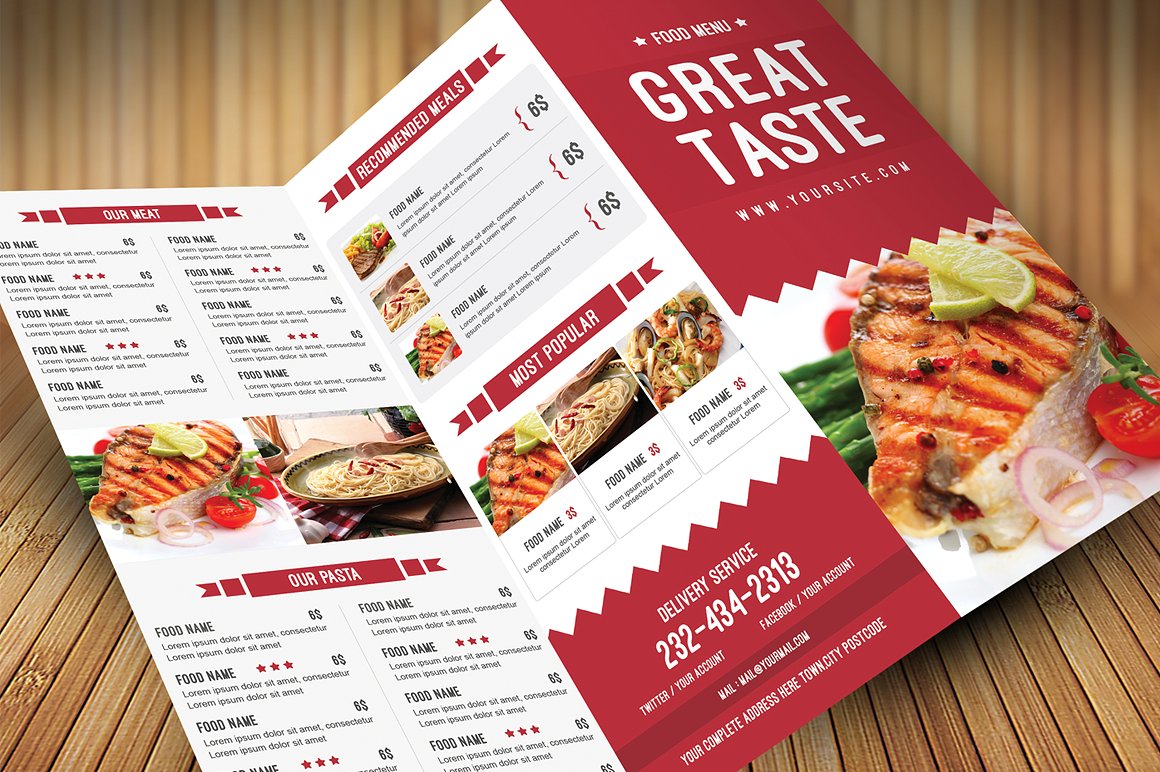
Restaurant Menu Chalkboard New Example
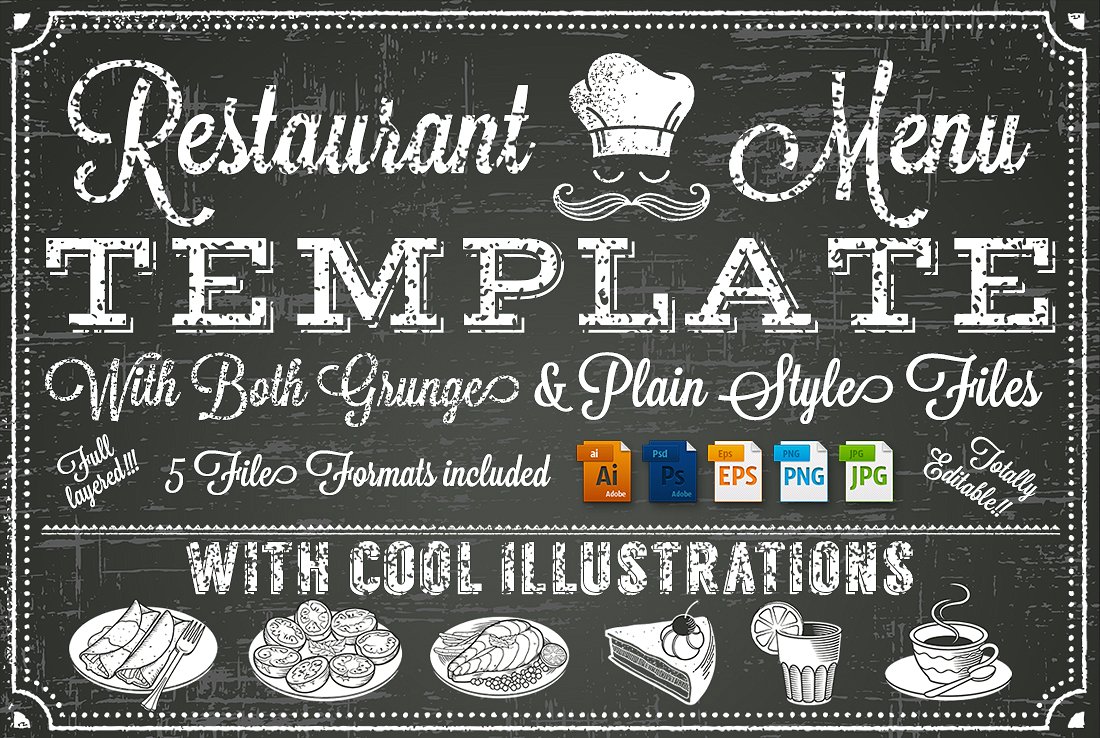
The Importance of a Restaurant Menu
When creating a restaurant business plan, the menu needs to be on top of your priorities. A menu provides your customers an overview of all your restaurant’s food and drinks. In essence, it provides your diners a list of choices, which make it easier for them to select a favorite dish, drink, or dessert. Imagine ordering at a restaurant without a menu; now that might be a stressful experience, unless you decided to go to that type of restaurant beforehand. Nevertheless, a restaurant menu should feature a stress-free experience to help get your customers started on a pleasant day or evening.
Tips to Get Started on Your Restaurant’s Menu
1. Consider Reading Patterns
There was a study conducted before regarding how people read a menu. It showed that there is a certain pattern that humans follow and the starting point or “sweet spot” is located just above the center of the right hand side. This is where restaurants would normally place their top-selling dishes since it is a tested and proven solution. However, another research indicates that there are many people that prefer to read a menu just like a book – starting from the left to the right. So, when conceptualizing your restaurant’s menu consider these factors.
2. Utilize Boxes
If you notice in many restaurant surveys today, they say that many modern restaurants utilize shapes to help them organize their menu items. However, most uses hard lines and boxes. These geometrical shapes help you group certain items together, which can provide clarity when your customers read your menu. Aside from its organizational value, restaurants would also make use of boxes to draw attention to its best dishes.
3. Design in Sequence
A checklist for starting up a restaurant should definitely include a well-thought of menu. And we are not just talking about a canvas where you can display your food and drinks. When creating a menu, you should always consider its layout. A helpful tip is by placing items in a sequence. Appetizers should be first up, next is your restaurant’s main courses, then finally, your dessert and drinks. This is already considered common practice for creating menus, but it is always best to have a reminder, especially for new restaurant owners.
4. Provide Food Descriptions
Nowadays, most people are quite particular in what they are eating. Some people, such as vegetarians and vegans might want more healthy food or meat-free meals. In this case, it’s always best to provide a brief description of each dish that you put on your menu. Typically, you would need to include ingredients and how your chefs prepared that specific dish. If done right, it should further entice your customer to order.
5. Be Careful with Photos
Examples of restaurant menu design do not require the use of pictures on menus. Photos on menus are quite common for large fast food chains while they are quite scarce in high-end restaurants. That is because, unless done right, photos can be off-putting for your guests, which is not what you want. So, If you do decide to include photos on your menu, make sure that they are professionally made. And do not include images of all your dishes. Only include photos on your signature dishes.
FAQs
How can a menu help in a restaurant’s success?
For an everyday customer, a menu is a simple list of all the available food and drink options that a restaurant offers. However, when it comes to restaurant owners, a menu is much more than that. A menu is an essential factor and is responsible for keeping customers, which in turn, can increase profits.
What makes a restaurant menu good?
Your menu is a vital component of your restaurant, which is why you can’t just have one; you need to carefully design and structure your menu. Aside from it having all your dishes and beverages included, your menu should be readable. Your menu should also have a manageable size to prevent your customers from feeling overwhelmed. Plus, it should also have a straightforward and organized layout.
What is a menu description?
A menu description is essentially a description of all your dishes and a few other drinks that is available in your restaurant. However, when including descriptions of the dish, you need to keep it brief yet comprehensive. Your customer did not go to your restaurant to read a book. The description should include key ingredients and how the chefs cooked and prepared it.
Restaurant menus are quite tricky. It can either increase your profits or do the exact opposite. That is why it is important to plan out your menu long before you open your doors. Your menu is the first thing that your customer interacts with, so make sure that you start their experience on a high note. If you are looking for top-notch menu templates and examples for your dream restaurant, go ahead and find the right one from our list above.


